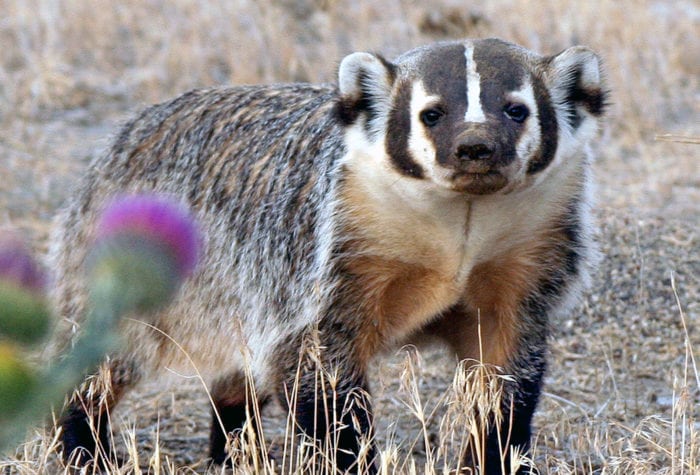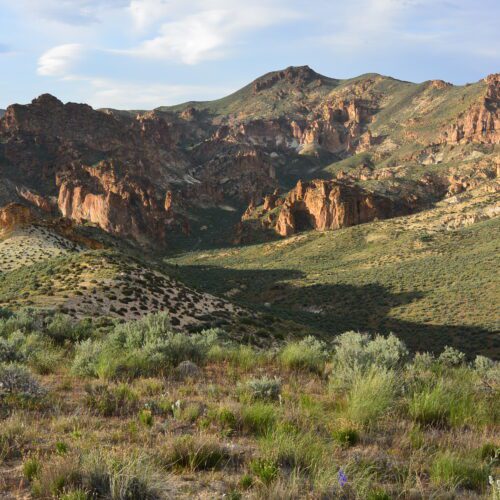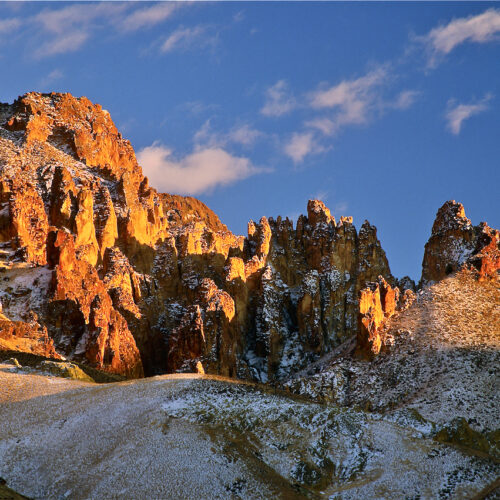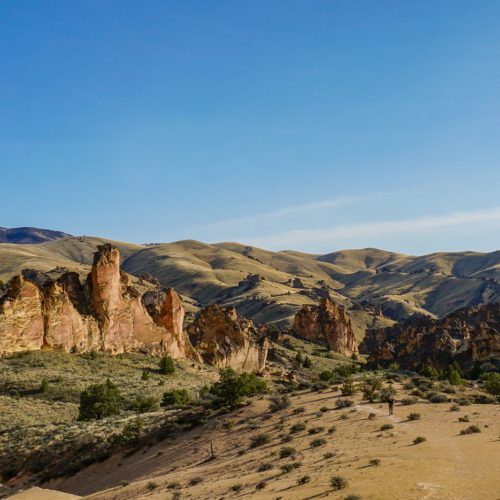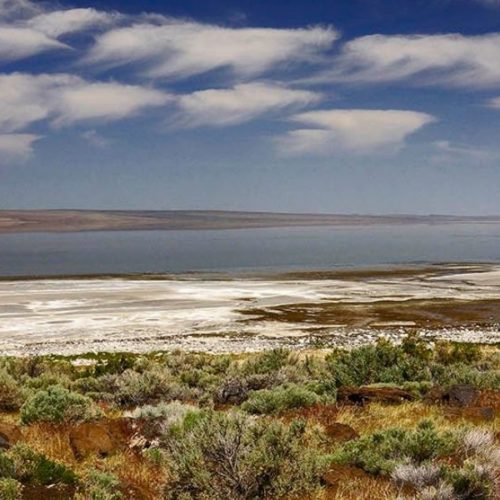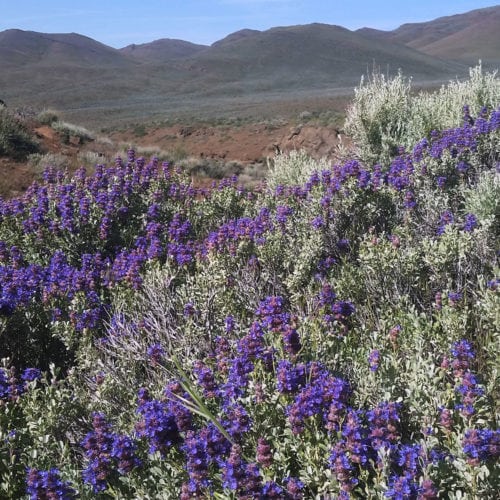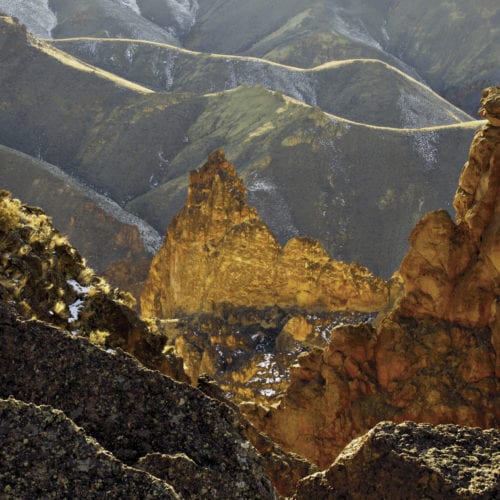In the Name of Desert Defense
Author: Ryan Houston| Published: October 22, 2025 | Category: Deep Dive This article originally appeared in the Fall + Winter 2025 Desert Ramblings Newsletter. Protecting public lands in Oregon’s high […]
Read MoreThe Idea of Public Lands Needs No Defense, It Only Needs Defenders
Author: Ryan Houston | Published: March 26, 2025 | Category: In the News This Op-Ed originally appeared in The Source Weekly on March 20, 2025. The existence of public lands […]
Read MoreOwyhee Reflections
Author: Ryan Houston | Published: January 14, 2025 | Category: Deep Dive Reflections on the most recent chapter in our quest to protect Oregon’s Owyhee Canyonlands. Growing momentum in […]
Read MoreProtecting Oregon’s Owyhee Canyonlands
Author: Ryan Houston | Published: December 5, 2023 | Category: Deep Dive A deep dive into the Wilderness vs. National Monument pathways Even the most intrepid desert traveler can get […]
Read MoreBill to Conserve Oregon’s Owyhee Canyonlands Introduced in Congress
Author: Ryan Houston | Published: June 9, 2023 | Category: In the News Four years in the making, Oregon Senators Ron Wyden and Jeff Merkley’s bill could finally deliver protection […]
Read MoreAnother Owyhee Canyonlands Milestone
Author: Ryan Houston | Published: October 4, 2022 | Category: In The News Another Milestone for the Owyhee Canyonlands It’s not hard to get lost in the deeply forked, meandering […]
Read MoreLake Abert: What’s the Solution?
Author: Ryan Houston | Published: May 5, 2022 | Category: Deep Dive Lake Abert was catapulted onto the front pages in January when in-depth reporting by The Oregonian exposed a […]
Read MoreA Justice, Equity and Inclusion Update
Author: Ryan Houston | Published: June 18, 2021 | Category: In the News, Looking Back, Looking Ahead Today, our country is observing Juneteenth as a federal holiday for the first […]
Read MoreStanding against racism and injustice
Dear ONDA members: The recent, senseless murders of Ahmaud Arbery, Breonna Taylor, and George Floyd and the threat of violence against Christian Cooper have shaken all of us. The protests […]
Read MoreHow Much Wilderness Do We Need?
In a recent editorial, The Bulletin asked a good question: “how much land does Oregon have that is appropriate for wilderness?” The answer is a lot. A heckuva lot. In […]
Read More
